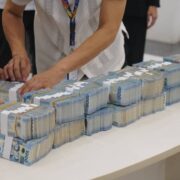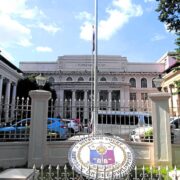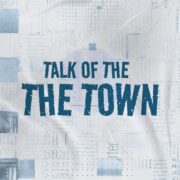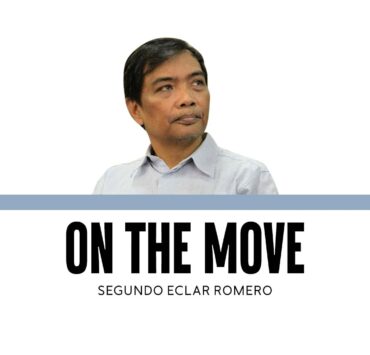Is our economy hollowing out?

Thanks to a few corrupt politicians, government executives, and contractors who have been sucking up much of the wealth in our country, our economy appears to be hollowing out.
Few have probably noticed, but our statistics tell us that as of August, we lost more than half a million (537,000) small businesses this year so far (i.e., compared to last December). Compared to the same month of August last year, we lost 388,000. The December numbers may have been seasonally pushed up by businesses that sprout to take advantage of higher Christmas demand. Either way, these numbers are large, and it should alarm us that we are losing small businesses by the hundreds of thousands in such a short span of time. Even compared with prepandemic January 2020, we still have 219,000 fewer small businesses now. In short, small businesses have been on a decline, rather than growing in number, even as the overall economy has been growing.
The numbers I’m looking at come from the monthly Labor Force Survey of the Philippine Statistics Authority, which tracks various worker categories, and one of them is “employer in own family farm or business,” formerly “self-employed with employees.” One could confidently consider this a fair count of our micro, small, and medium enterprises (MSMEs). While that worker category could also refer to the billionaires (legitimate or otherwise) among us, like the Villars, Aboitizes, or Discayas, large businesses make up only half of 1 percent of all enterprises in the country. For all intents and purposes, then, that number gives a good count of the MSMEs in our economy and is probably more reliable than aggregating local government business registry lists, which include businesses that may not necessarily be in actual operation.
There are even more disturbing trends in the labor force data. I’ve already written before about how the largest segment of our unemployed (half or 49.8 percent as of August) are college-educated workers; those who graduated make up 39 percent. These numbers were only 37 and 27 percent, respectively, before the pandemic, when it was high school-educated workers who dominated our jobless (at 44 percent). Meanwhile, we are consistently losing jobs in managerial positions. Since January 2020, there have been 2.5 million fewer managers. Since last December, there have been 610,000 fewer, and these trends are consistent with our losing small businesses by the hundreds of thousands. What we instead gained in the last five years were service and sales jobs (3.3 million), elementary occupations or work requiring little or no skills (2.7 million), and clerical support workers (1.4 million). In the past year alone, elementary occupations rose by 1.1 million—think of delivery riders, tricycle or habal-habal drivers, and other informal sector work. This is consistent with data showing transport services to be among the top growing service subsectors in the economy lately.
What do all these say about the state of the Philippine economy? The topline numbers look deceptively good: the inflation rate has slowed (although it’s ticking up again), the overall unemployment rate is at historical record lows, and GDP (income) growth remains reasonably good despite downside pressures. My usual PiTiK yardsticks (presyo, trabaho, kita) seem to tell us all is well. But a look beneath the surface tells a very different story. Inflation, while slower, is driven mostly by rising food prices, and this penalizes the poorer ones among us most. I’ve already painted the jobs picture above, and it’s not pretty. As for output and incomes, they have been driven mostly by consumption spending, including the conspicuous kind (think Ferraris and Rolls-Royces with free umbrellas).
At the same time, government consumption spending has been propping the economy up with a double-digit 13.1 percent annual growth so far this year. Meanwhile, spending on fixed capital formation, better known as real investment, has been growing more and more slowly since its 9.9 percent post-pandemic rebound in 2021. The GDP data tell us that in the years since then, it has progressively slowed to 9.7, 8.2, 6.2, and lately 4.3 percent annual growth. Note that it is investment spending, whether by foreigners, Filipinos or the government (through real, not ghost, infrastructure development), that builds the capacity of the economy to grow more. Stifle it, as appears to be happening, and the economy moves toward stagnation. Meanwhile, I am reviving the three adjectives I used many years ago to describe the Philippine economy: narrow, shallow, and hollow. The numbers are unmistakable. We have today an economy that benefits an increasingly narrow few.
I wish I could end on a more positive note, but yes, there is hope. But we all need to act to claim the better future we deserve.
—————-
cielito.habito@gmail.com


















